Solutions
Horse Construction offers full range of structural strengthening materials with technical supports, documentation supports, products supports, project supports.
Types & Summary of Cracks in RC Beams
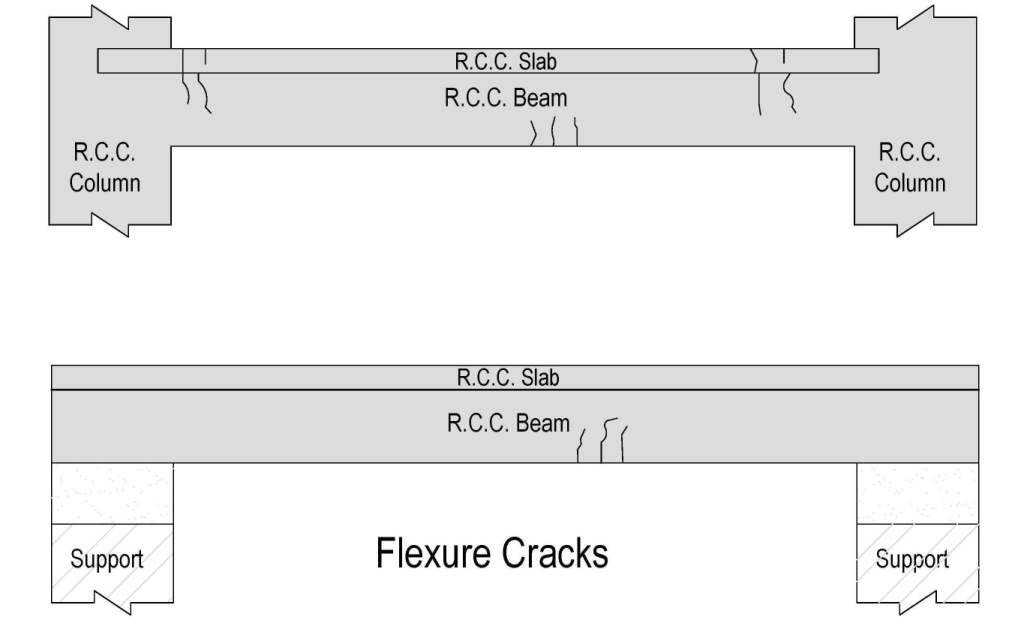
Various types of cracks can occur in RC beams due to flexure, shear, torsion, deflection, and shrinkage. The occurrence of these cracks can be reduced by providing adequate reinforcement, using the appropriate concrete mix, and ensuring proper curing of the concrete. Designing the beam to be stiffer or reducing the loading can also help reduce the occurrence of deflection cracks.
Flexural cracks: Flexural cracks occur in RC beams due to the bending moment applied to the beam. These types of cracks are typically diagonal in nature and occur near the midspan of the beam. The width and depth of the cracks depend on the amount of reinforcement provided in the beam and the magnitude of the bending moment. To reduce the occurrence of flexural cracks, reinforcement should be provided near the bottom of the beam.
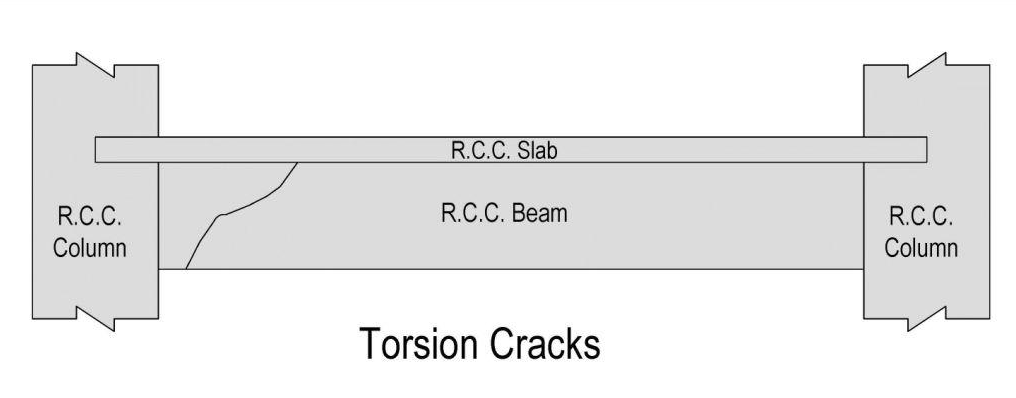
Torsional cracks: Torsional cracks occur in RC beams due to the torsional forces applied to the beam. These types of cracks are typically diagonal in nature and occur near the ends of the beam. The width and depth of the cracks depend on the amount of reinforcement provided in the beam and the magnitude of the torsional moment. To reduce the occurrence of torsional cracks, reinforcement should be provided near the ends of the beam.
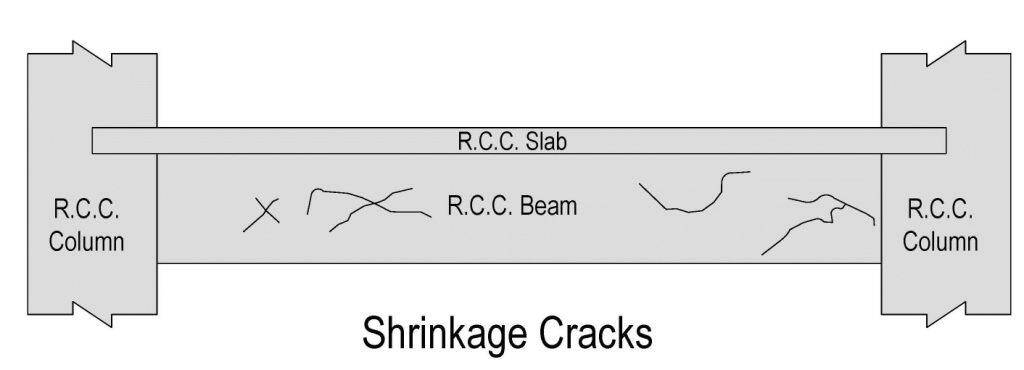
Shrinkage cracks: Shrinkage cracks occur in RC beams due to the shrinkage of the concrete as it cures and dries. These types of cracks are typically small and occur randomly throughout the beam. The width and depth of the cracks depend on the type of concrete mix used and the amount of water used in the mix. To reduce the occurrence of shrinkage cracks, a low water-cement ratio should be used in the mix, and the concrete should be cured properly.
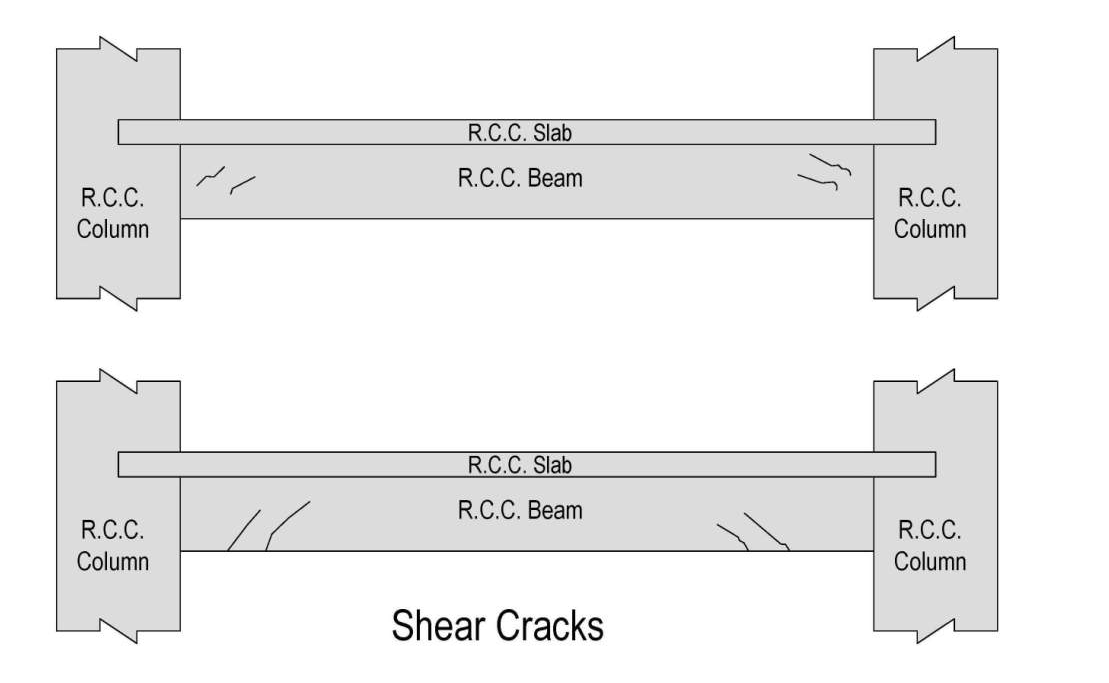
Shear cracks: Shear cracks occur in RC beams due to the shear forces applied to the beam. These types of cracks are typically vertical in nature and occur near the supports of the beam. The width and depth of the cracks depend on the amount of reinforcement provided in the beam and the magnitude of the shear force. To reduce the occurrence of shear cracks, reinforcement should be provided in the form of stirrups or other lateral reinforcement.
You can find anything here you are in need of, have a trust trying on these products, you will find the big difference after that.
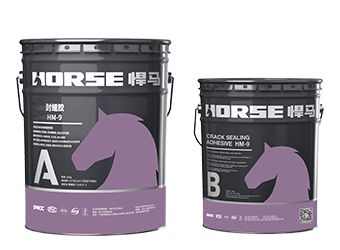
High strength crack sealing repairing adhesive for the fracture surface of concrete crack
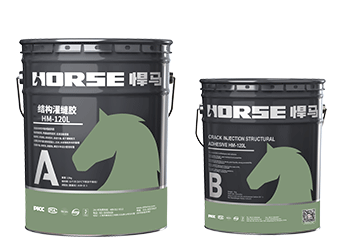
Very strong penetration and low viscosity epoxy crack injection adhesive for repairing concrete crack
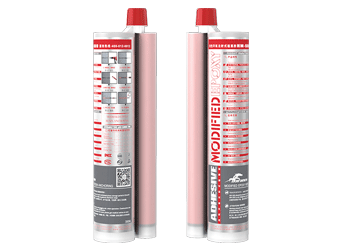
Two-components modified epoxy resin adhesive, with high quality plastic tube, double cartridge package for anchoring